This phase contains a lot of asymmetric warfare as the CCP shoves and pushes the Free World to try to get at our seam lines and vulnerabilities.
Hong Kong Not Totally Lost
This tragic situation unfolding in front of us is horrible, ugly, and historic. Militarily, the Hong Kong peninsula and geography have always been hard to defend from the mainland.Ever since the Umbrella Revolution in 2014, the CCP has been infiltrating the Hong Kong police and Legislative Council and can quickly shuttle resources forward to the Shenzhen Stadium (the staging facility for People’s Liberation Army (PLA) and paramilitary operations into Hong Kong) and likely prisoners back. It’s just 20 minutes from the two main border crossings into Hong Kong.
These high-speed routes allow rapid movement back and forth as the CCP attempts to establish its Iron Curtain.
This rapid line of communication has emboldened the CCP to exercise brutal treatment of the Hong Kong citizens and seems to have given them a tactical advantage—but who really has the upper hand in this situation? The Free World actually does in several ways, if it chooses to act like it.
In a major movement, the United States is moving rapidly to bring People’s Republic of China (PRC) companies under the Securities and Exchange Commission (SEC) transparency and oversight guidelines.
There’s a little problem with this. London and Tokyo have already signaled an intent to not let them in. If the United States pulls Hong Kong’s special status—as Trump suggested would be done in his May 29 speech—that likely means the Hong Kong Exchange won’t work either.
That effectively puts the CCP in a corner—a small corner of the world’s capital market—much like wartime Japan needed oil and other raw materials, the CCP’s lifeblood and oxygen is access to capital. They have effectively six months of oxygen left.
A Military Move on Taiwan?
With six months of oxygen left—what does any good totalitarian do? Invade. But invade where? Invade whom? Is the CCP military instrument of national power ready for a serious projection of amphibious warfare?The messaging from the CCP has been unclear. Following some messaging that now isn’t the time for an invasion of Taiwan, other, more aggressive rhetoric is spewed. What does it mean? I think it’s clear—they’re squabbling internally and don’t know.
Their navy is growing, but I’m just not seeing the capacity to generate and project significant amphibious force yet. At roughly nine large and 60 small amphibious vessels and two brigades of People’s Liberation Army Navy (PLAN) Marines totaling roughly 12,000 troops, that’s not yet enough to decisively achieve success in an opposed landing on any major island.
Taiwan’s Hsuing Feng III supersonic missile will greatly attrit such an attempt. And I’m not seeing the operational art to orchestrate and conduct such a complex operation, which becomes much more complex when under fire and a number of the amphibious vessels are sinking or on fire.
But perhaps, a more fertile opportunity exists. Perhaps not an island, but a continent. An invasion of Taiwan may in the end be successful—but ferociously costly on all sides—and to what ends? A wrecked island with an angry, subjugated population?
Of course, the Australian government had to say they knew about it—what else do you publicly say when a foreign amphibious task force shows up in your harbor without your knowledge?
Australia, like Canada, seems emotionally and psychologically tied in a knot about who they are, and CCP influence money has clearly captured a segment of government leadership and the elites. Darting from the CCP’s illegally established, fortified islands through the Indonesian archipelago and establishing a “Humanitarian Forward Operating Base,” or a “Belt and Road Free Trade Zone,” in desolate northern parts of Australia seems like much better return on investment.
Whether it’s Taiwan or Australia—any projection of military force will essentially require the entire capabilities of the PLA—with little in reserve. The CCP has to decide—asphyxiate without access to capital or invade and essentially use their entire inventory of silver bullets upfront.
Chaos in the US
In the space of a few days, we appear to be in a grand mess domestically and in a state of low-level civil war. Yes, we’re a mess, and, yes, this is a contrived and foreign-funded, low-level civil war—but we’re still better than anything out there.It’s bad—but not quite as bad as the ‘60s. So far, it is blue areas conducting fratricide. Democracy is messy—that’s what scares the CCP. Their agent provocateurs on the ground think they are really getting away with it, and so far, that’s true. Spreading rioting stipend money through Antifa and having spoiled white liberals with masks burn the neighborhoods and businesses of people of color may seem to be a strategy—but a lot of Americans who are people of color see through this nonsense.
And Trump has already dealt with this decisively by declaring his intention to formally designate Antifa a terrorist organization. Let’s hope the Insurrection Act is declared shortly.
Justice will be had for George Floyd and his family. It’s already in process.
Insurrection paid for by CCP, Russian, and Soros agents might be a bit dramatic, violent, and theatrical at first, but as RICO is applied and the FBI pivots to tracking down the money trails, Antifa and the related tentacles will be under extreme pressure.
There is a psychology behind masks—Antifa, like the KKK, hides behind masks—and it’s an interesting parallel between Antifa and the KKK in the reconstruction period after the U.S. Civil War. Once again, the victims are people of color as their businesses and neighborhoods are burned.
We’re resilient and have the upper hand on this. We can pull seam lines inside the CCP also by drilling through the Great Firewall and sharing information with the people of China.
The Bahamas and Panama
The CCP might be spreading walking-around money on U.S. streets as payback for their difficulties in violently quelling the peacefully resisting Hongkongers, but the CCP money isn’t endless—and it’s not available everywhere.Two places call for relatively easy and quick action against the CCP. The Bahamas is still struggling to recover from a terrific tropical storm last summer. The storm devastated the infrastructure, recently provided by Huawei as part of the Belt and Road Initiative. We need passionate action to rally a mini interagency task force and make this a dry run for broader coordinated interagency action on Belt and Road countermeasures in other locations.
I missed this storm hitting the Bahamas by one week last summer. While there, I received an earful from many Bahamians. The CCP’s emissaries weren’t held in high regard.
The next opportunity is Panama, the Singapore of the Americas. The Panamanians have taken the American-built canal and greatly improved it, and are doing business with the PRC solely because Americans have apparently evaporated.
I’ve noticed that both the Bahamas and Panama have American chargé d'affaires. I know things are a bit busy, but both places call for strong presidentially appointed ambassadors post-haste to orchestrate the decommissioning of the Belt and Road footholds and replace the Belt debt traps with much more attractive alternatives.
So we have two easy pickups in the game of vacuum management—there are a lot more. We have most of the cards, despite some of the chaos. Let’s use them.
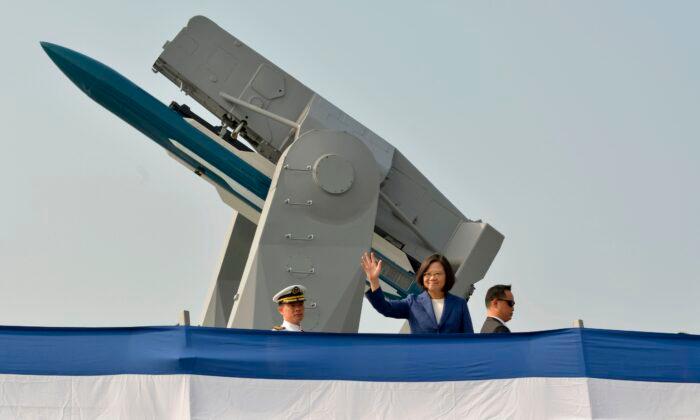

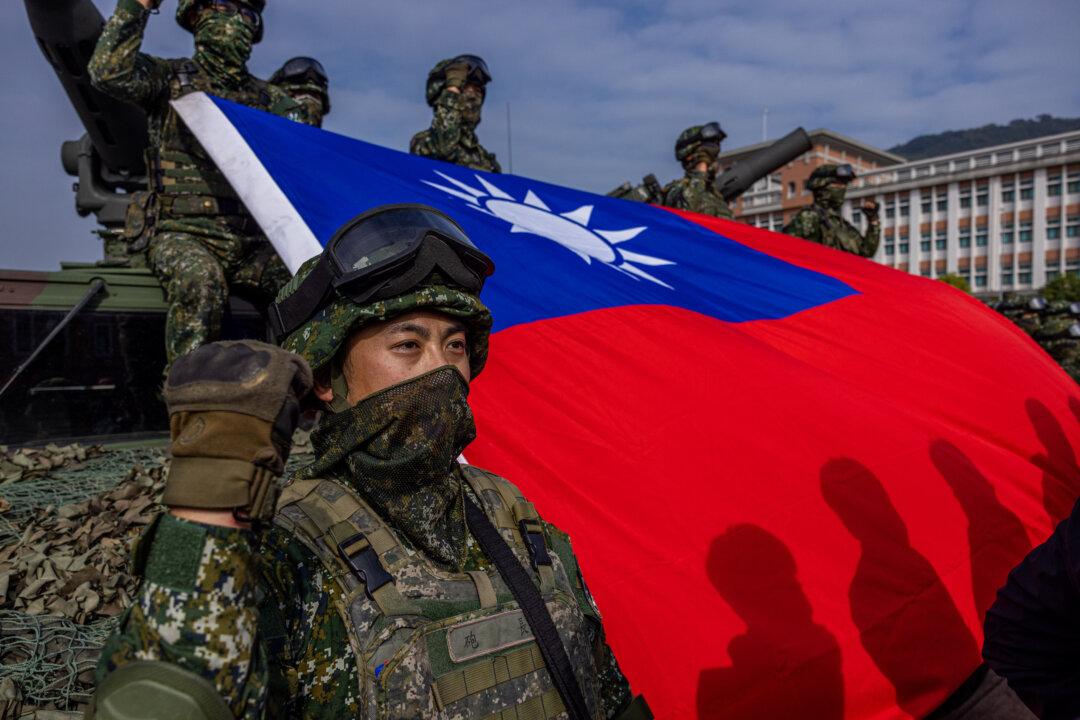
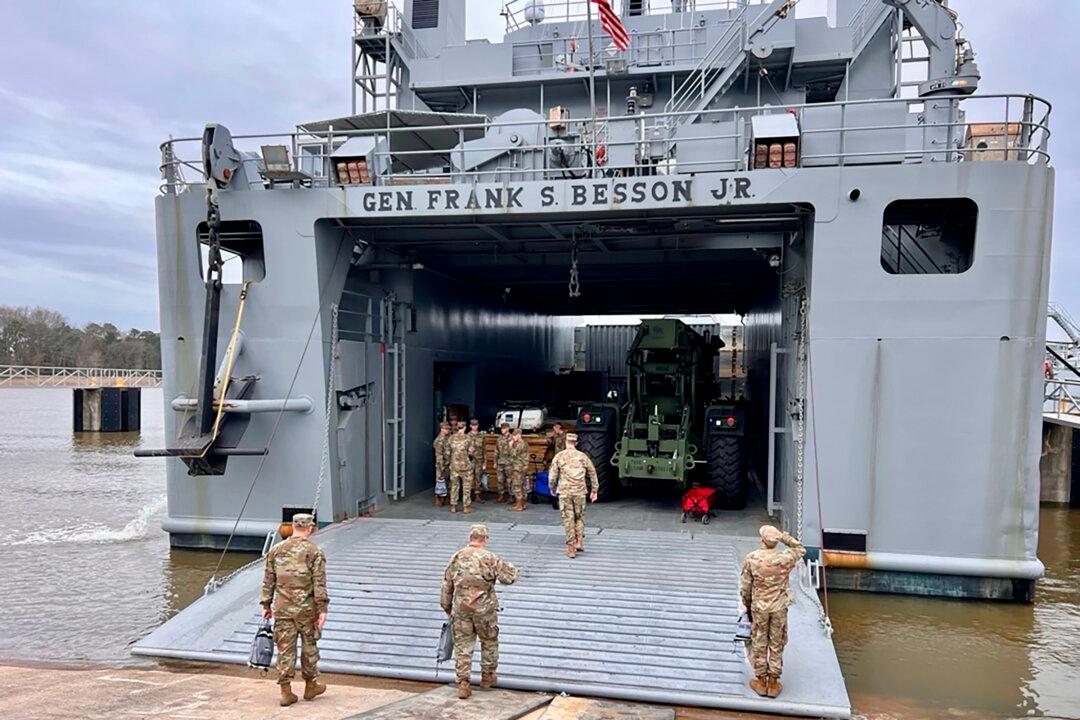
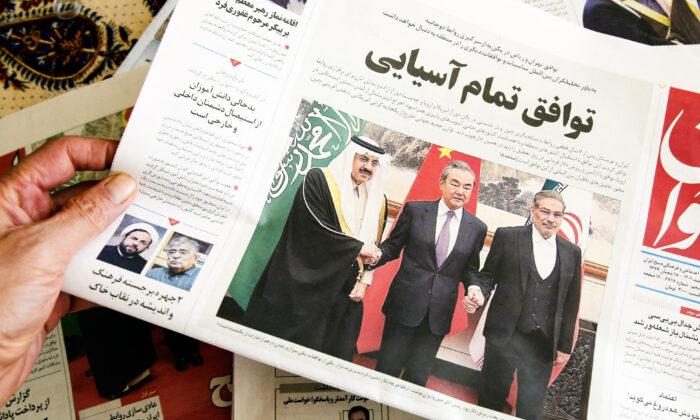
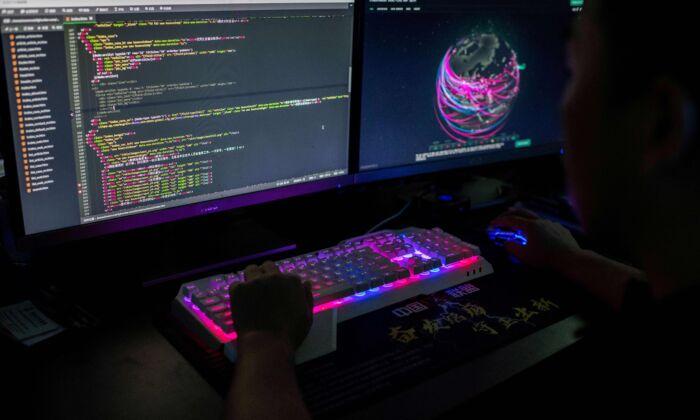
Friends Read Free